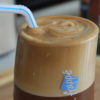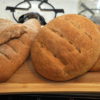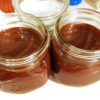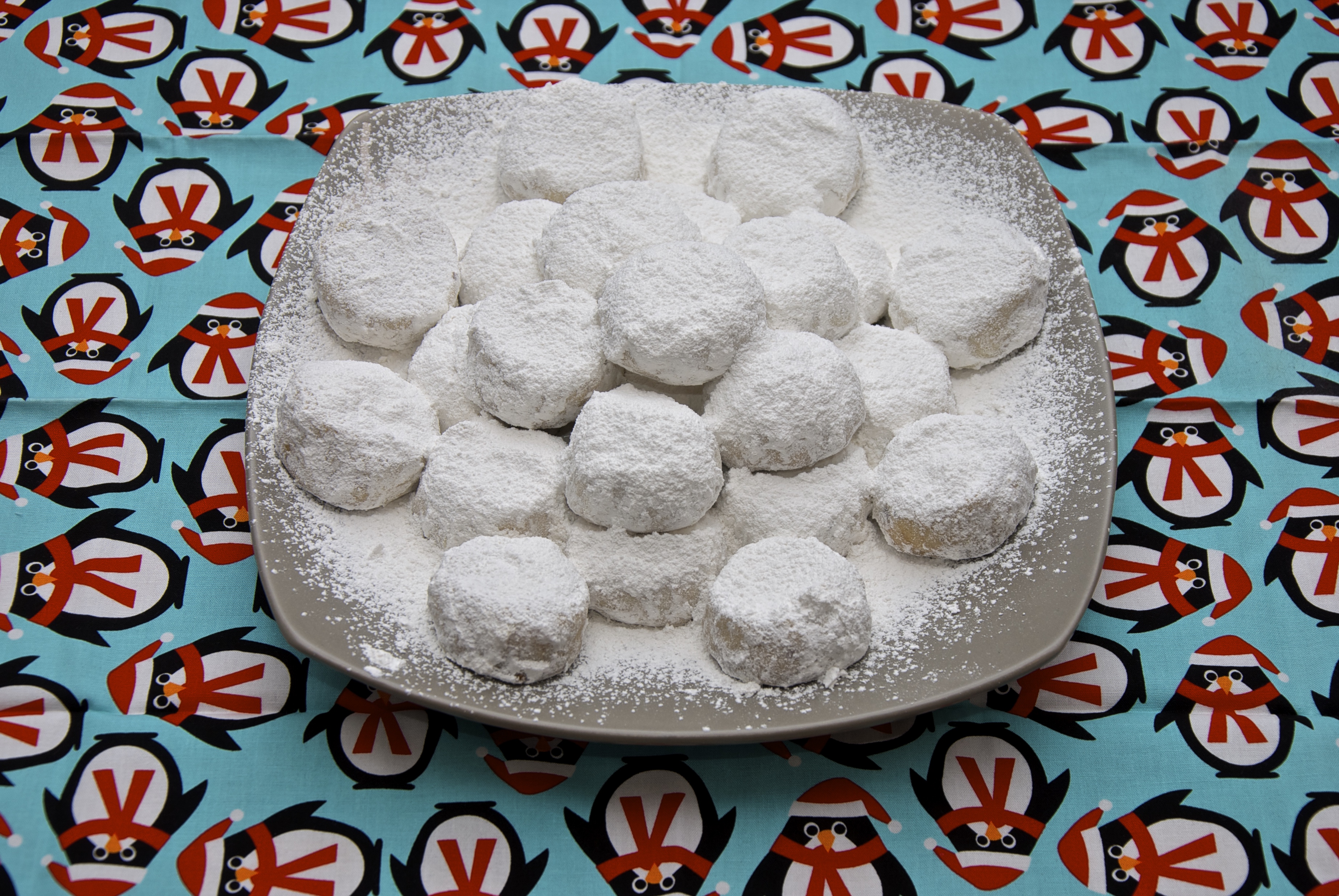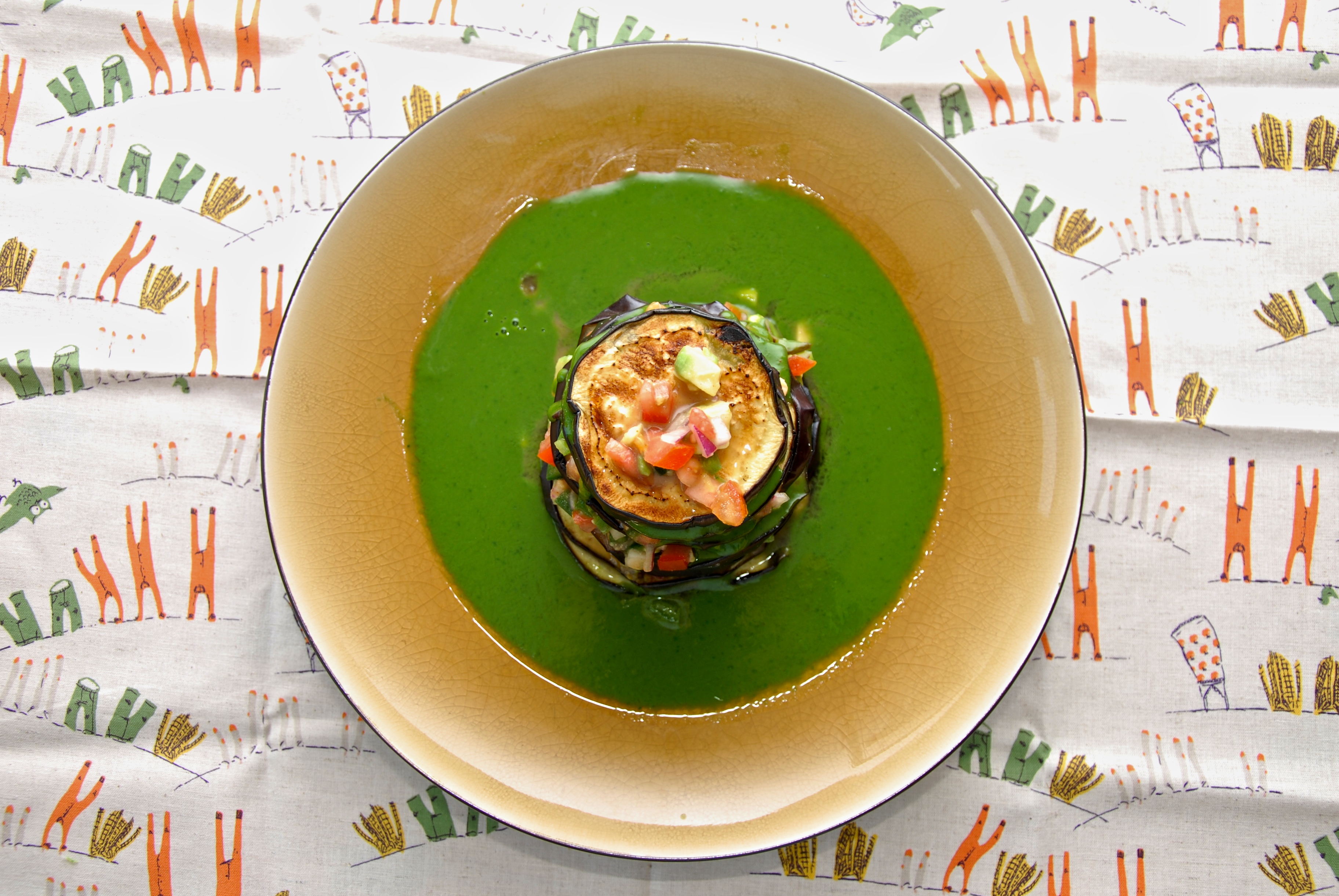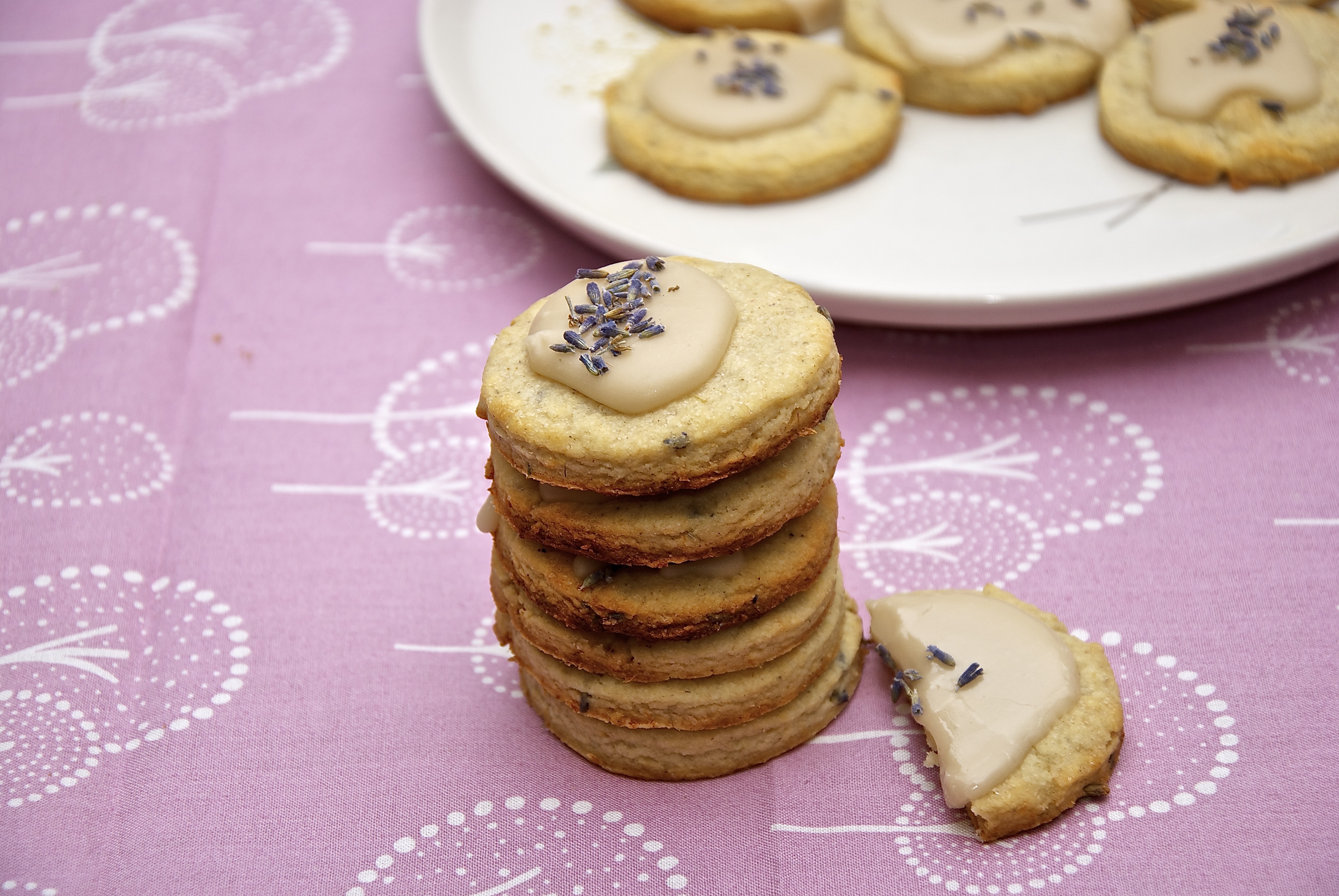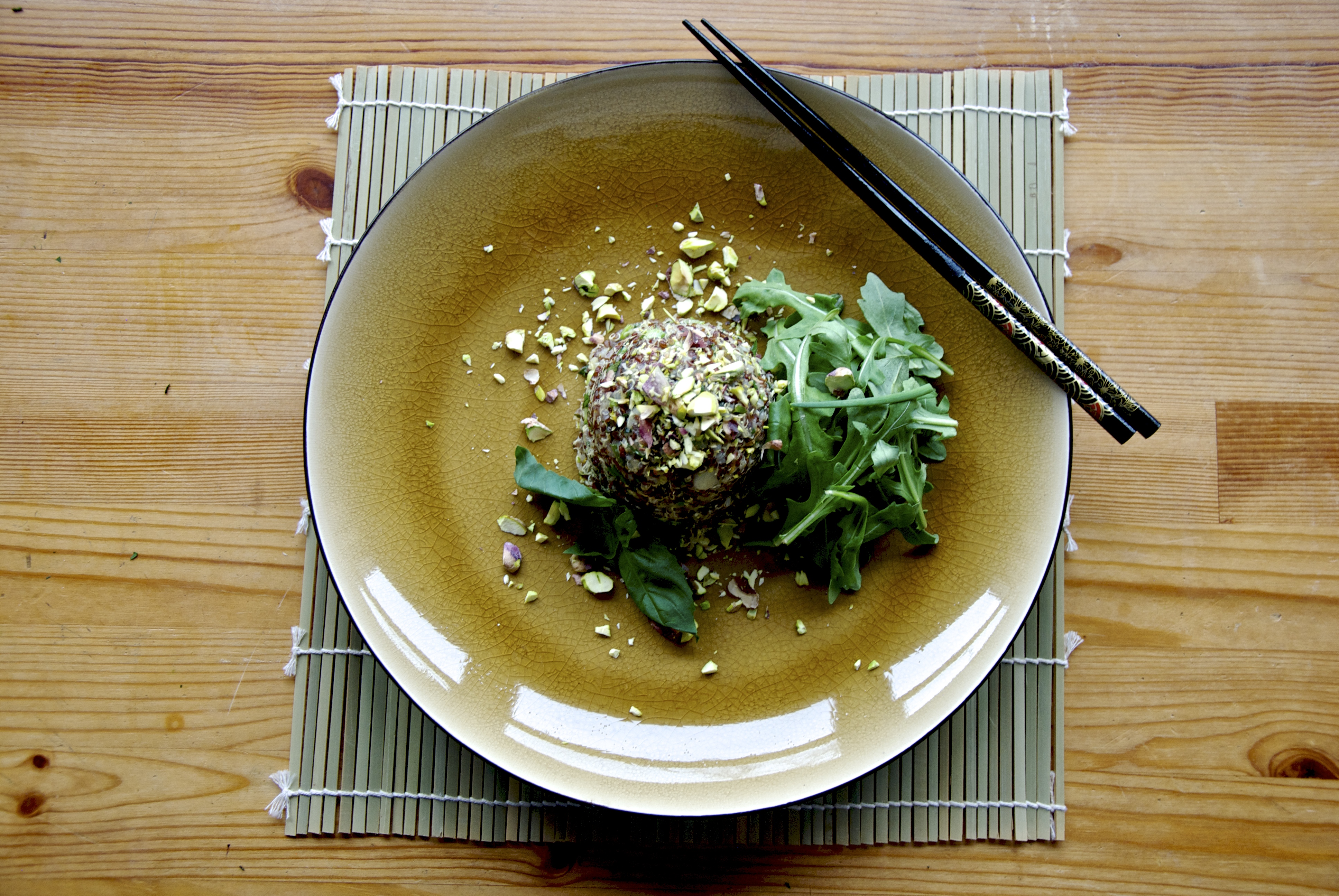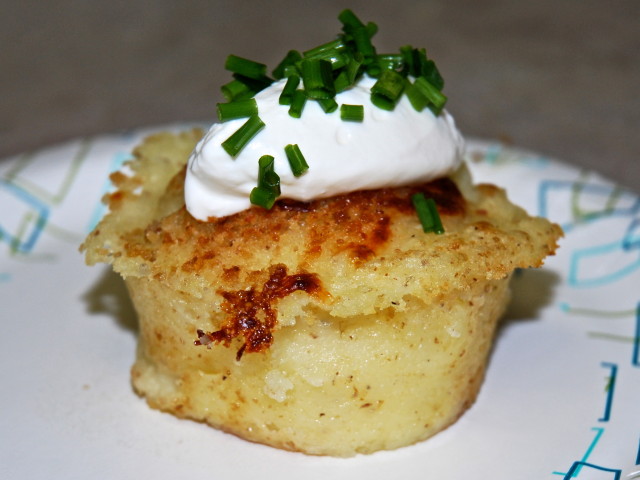
Mashed potatoes has been a staple food around holidays table almost since its utilization. For the first people that cultivated potato boiling was the only way to go since open fire roasting was not as easy as is today. Mashing the potato is the second most common way to consume them after frying. And although it is easy and delicious we most rely on the boxy stuff. Flakes that come out of a box and are revived in microwaved water. No. Today we will reclaim the potato in its purest form. We will make the potatoes again the comfort food that is.
Before we get busy with that though let’s have a look at the long history of potatoes. From wikipedia we learn: “Wild potato species occur from the United States to Uruguay and Chile. Genetic testing of the wide variety of cultivars and wild species suggest that the potato has a single origin in the area of southern Peru, from a species in the Solanum brevicaule complex. However, although Peru is essentially the birthplace of the potato, today over 99% of all cultivated potatoes worldwide are descendants of a subspecies indigenous to south-central Chile. Based on historical records, local agriculturalists, and DNA analyses, the most widely cultivated variety worldwide, Solanum tuberosum ssp. tuberosum, is believed to be indigenous to Chiloé Archipelago where it was cultivated as long as 10,000 years ago.
The potato was introduced to Europe in 1536, and subsequently by European mariners to territories and ports throughout the world. Thousands of varieties persist in the Andes, where over 100 varieties might be found in a single valley, and a dozen or more might be maintained by a single agricultural household. Once established in Europe, the potato soon became an important food staple and field crop. But lack of genetic diversity, due to the fact that very few varieties were initially introduced, left the crop vulnerable to disease. In 1845, a plant disease known as late blight, caused by the fungus-like oomycete Phytophthora infestans, spread rapidly through the poorer communities of western Ireland, resulting in the crop failures that led to the Great Irish Famine.
In Greece potatoes were introduced late compared to the rest of the europe in the middle 1800. Then Kapodistrias the first president of Greece, presented the potato, with its Greek name “Geomilon” translated in English to earth apple, to feed the masses that shortly out of the independence war, were starving. The free giveaway of the new tuber made people skeptical and reluctant to the food. Nobody was taking the free potatoes. So Kapodistrias build a barn put the potatoes inside and guards around. The before unpopular tuber became suddenly a priced commodity guarded tightly. People start sneaking into the warehouse and stealing the potatoes, and within weeks the cultivation was a success. Since then potato has been part of the greek diet.
For this mashed potatoes we will need:

- Yukon Gold Potatoes. Important! Only Yukon Gold!
- Heavy cream
- Butter
- Nutmeg
- Bread-crumbs and cheese.
- Sour cream and
- Chives for garnish
- Salt

Start by pealing the potatoes.

Give them a good rinse until the water comes out clear.

Cut them in equal portions of about 1 inch to 1 1/2.

Put them in a pot and add cold water. Do not heat the water before you add them in, it is important.

Add a tablespoon of salt.

It is better to let them undercooked than waterlogged. This will leave some soaking power to the tuber. Once drained return the heat for a brief moment to make sure that the excess moisture will evaporate.

Add a stick of batter per 2.5 lbs of potatoes. See the potatoes sort of flaking away? This is the sign of a high starch potato. High starch potato makes creamy mashed potatoes.

And mash your heart out.

once the butter is melted add gradually the heavy cream and keep on mashing.

The color will turn from gold yellow to pale white. it will also loosen the firmness making them more pliable.

Season with salt.

And nutmeg. Half a nut I used. You can modify to your liking as well… Technically we are done. You can serve them as are on a side dish. But I have plans for this potatoes.

Take your muffin tin and lubricate it with butter.

Make sure you leave no spots behind.

Add about a tbsp of bread-crams in each well, and shake them around to make sure that the inside is coated nice.

Add a pinch of cheese in each well. And follow that with the potatoes.

Shape the tops with your fingertips and sprinkle some more cheese and breadcrams. Top it off with some butter. Bake at 350 F for 10-20 mins or until the tops are golden brown and delicious (GBD).

Top it off with some cream cheese and some chives.

You can also make it in a dish. Butter bread-crams…

potatoes, cheese, bread-crams butter.
A simple tuber transformed to elegance. Life is fantastic isn ‘t it?


